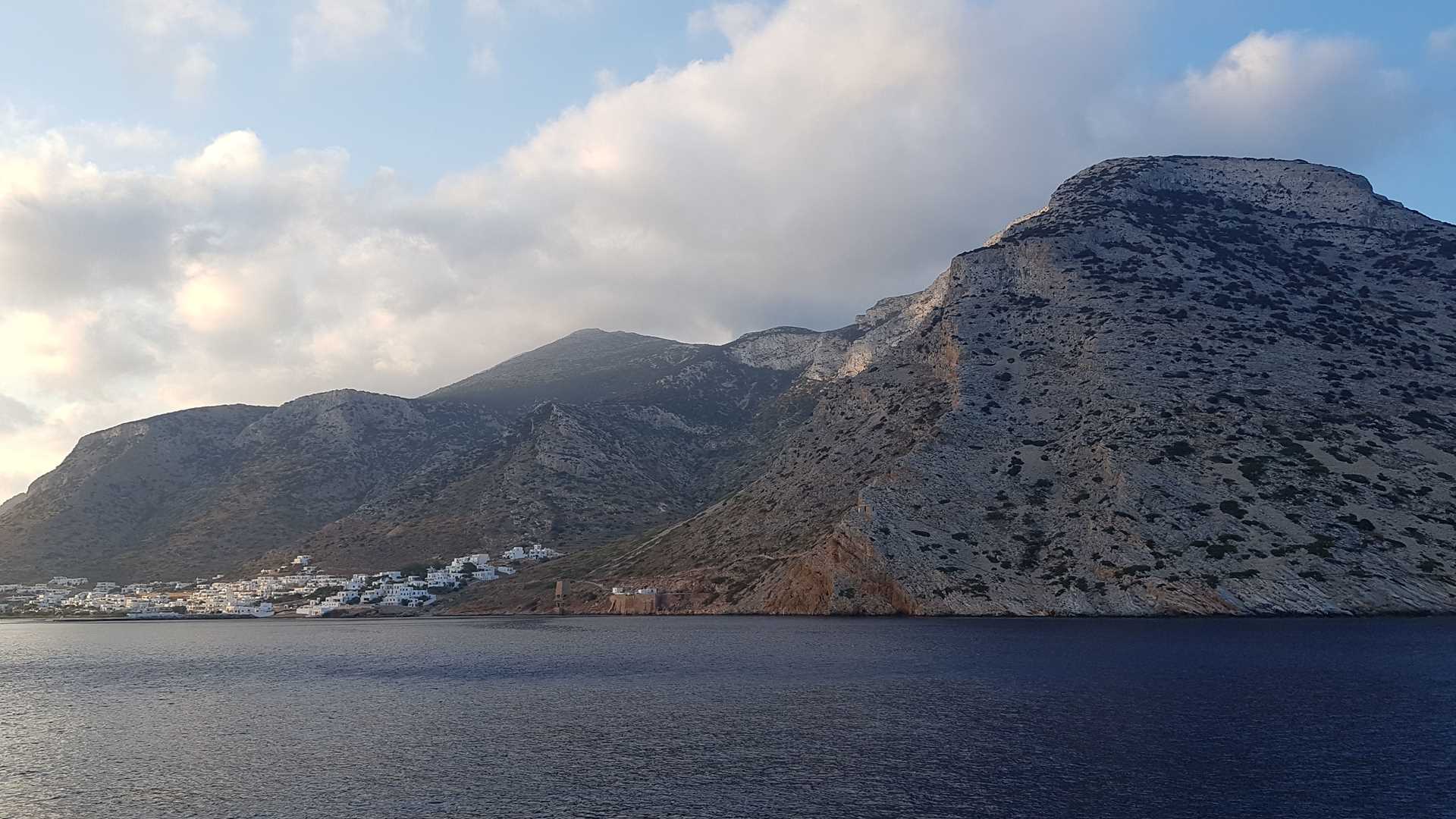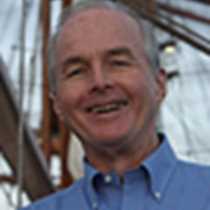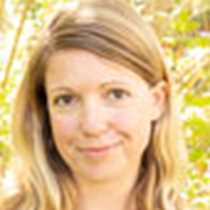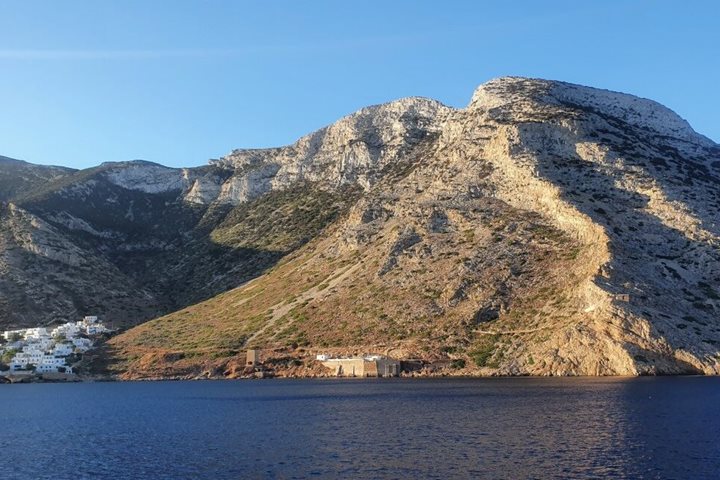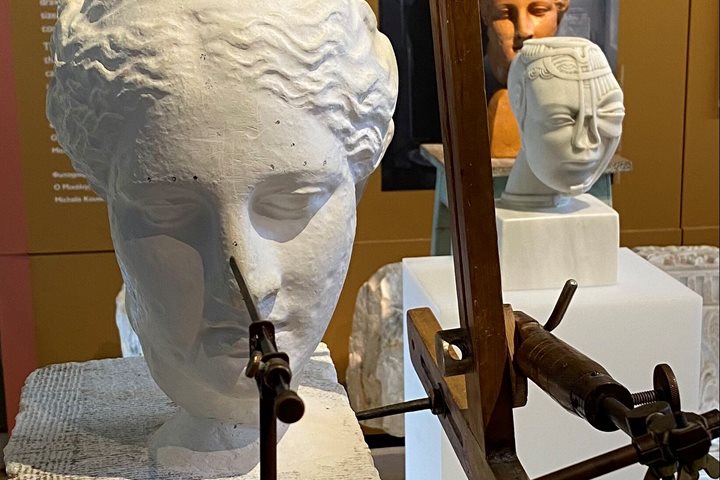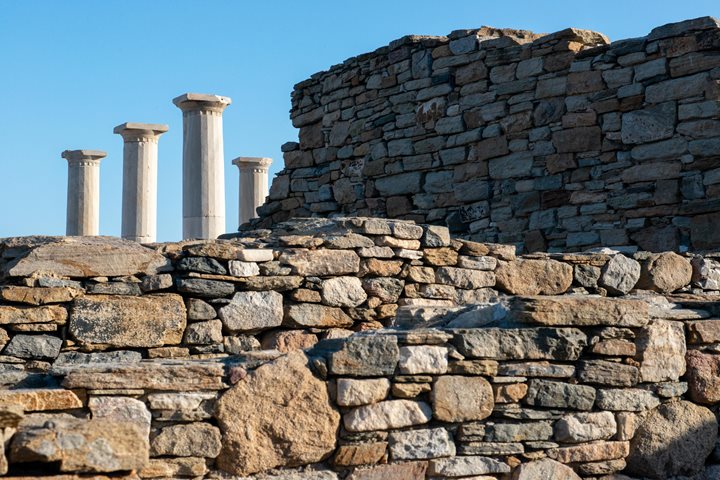Today we motored into the tranquil Kamáres Bay of Sifnos and dropped anchor at 7:05 a.m. There was a cool soft breeze and the temperature was about 75 degrees. After the hustle and bustle of Santorini, Sifnos presented a decidedly different pace. The island appears to have had a number of names as the Roman historian Pliny reports that before Apollo’s curse the island was called Akis. In antiquity Sifnos was famous for its rich gold and silver mines. Of the many legends concerning Sifnos, one that I like best as it tries to explain their loss of economic abundance, tells that the prosperous islanders gave a gift of a solid golden egg annually to Apollo’s sanctuary at Delphi. One year they decided enough was enough and cheated and substituted a gilded rock. Apollo cursed them by flooding the mines and from that point on the island was known as Sifnos, meaning, “empty.”
Once ashore in Kamáres we boarded coaches for our first stop, the beautiful Castro. On our way we saw the dovecotes built by the early Venetian inhabitants who considered the birds a delicacy. They also used the guano, like on Tinos, for fertilizer. We walked through the labyrinthine lanes of the Castro admiring the architecture and the fanciful chimney pots. These villages had no urban plan but grew organically which gives them their character. As we saw on Paros the islanders continue to use their architectural past. I noticed a home that used an ancient Ionian column as a support column.
There is no defensive wall in the Castro and so the inhabitants built their homes with the rear facing outwards and since there were no windows or doors it effectively served as a continuous wall. Some of us climbed down to the majestically sited Church of the Seven Martyrs situated on a rocky headland taking the full brunt of the sea. Its brilliant white and blue dome against the cerulean sea was breathtaking. Of course we had to climb back up! There were some great pottery shops in Kamáres and a number of us made purchases. Our final destination in this tranquil harbor was the beach—soft sand and perfect water temperature. Most of us took advantage of an invigorating swim before getting a tender back to Sea Cloud. Sailors went to their stations at 2 p.m. and we were at full sail by 2:15 p.m.
Imagine we were sailing a 2,500-ton vessel at 5 knots—and all that I could hear was the wind in the rigging. It is not stretching credulity too much to imagine our ancient ancestors sailing these very waters having a similar experience. Captain Komakin bade us farewell and wished us safe travels at the Captain’s Dinner.

